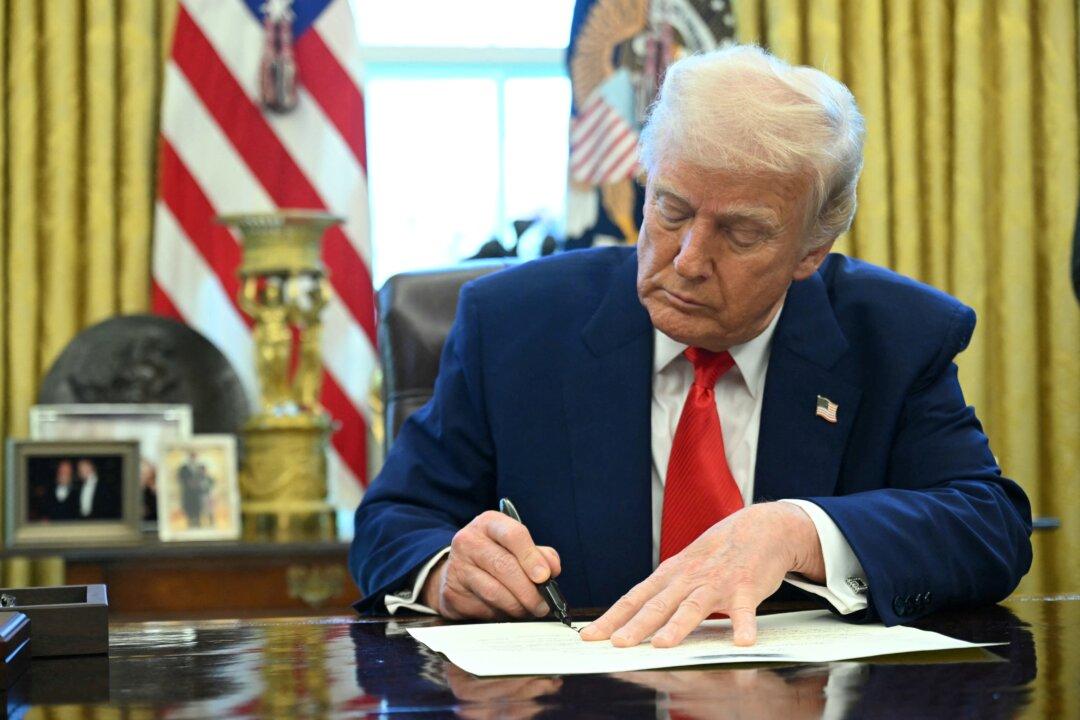The U.S. State Department has recently removed a line from its website’s fact sheet that previously said the United States does not support Taiwan’s independence.
“We oppose any unilateral changes to the status quo from either side,” the updated fact sheet stated. “We expect cross-Strait differences to be resolved by peaceful means, free from coercion, in a manner acceptable to the people on both sides of the Strait.
“We continue to have an abiding interest in peace and stability across the Taiwan Strait.”
It also affirmed the U.S. commitment “[to make] available defense articles and services as necessary” to help Taiwan maintain its self-defense capability, including the capacity “to resist any resort to force or other forms of coercion” that could threaten its security and the Taiwanese people.
The page also revised a line regarding the U.S. stance on Taiwan’s participation in international organizations, stating that it will support Taiwan’s membership “where applicable.”
The State Department said on Feb. 16 that the changes were part of a routine effort to “inform the general public about [the United States’] unofficial relationship with Taiwan.”
“The United States is committed to preserving peace and stability in the Taiwan Strait,” a State Department spokesperson said in a statement to multiple news outlets.
The Chinese Foreign Ministry had not issued a statement on the fact sheet changes by publication time.
The United States has no formal diplomatic ties with Taiwan but is bound by the 1979 Taiwan Relations Act to provide the island with the necessary capabilities to maintain its self-defense.
According to Washington’s “One China” policy, which is guided by the Taiwan Relations Act, the United States acknowledges but does not endorse Beijing’s competing “One China” principle, which asserts that Taiwan is part of China and must be unified with the mainland by any means necessary.
Taiwanese foreign minister Lin Chia-lung on Feb. 16 welcomed the updated fact sheet and thanked Washington for its “support and positive stance on U.S.–Taiwan relations.”
Lin also issued a statement on Feb. 16 praising the foreign ministers of the United States, Japan, and South Korea for their joint statement calling for maintaining peace and stability across the Taiwan Strait.
The three nations said they oppose “any attempts to unilaterally force or coerce changes to the status quo” and expressed support for Taiwan’s participation in “appropriate international organizations.”
Lin stated that Taiwan “welcomes the international community’s continued attention to peace and stability in the Taiwan Strait” amid concerns over “the threat posed to the status quo by China’s gray area and economic coercion.”







